As you sip your sustainably-sourced latte and scroll through Instagram, you might not be thinking about the water crisis brewing in several major U.S. cities. Yet, the reality is that these urban areas are edging closer to “Day Zero,” when taps could literally run dry. The causes range from climate change to aging infrastructure, and the consequences are dire. But knowledge is power, and being aware of these looming challenges can inspire change and action.
1. Los Angeles, California

In the City of Angels, life without water might seem unthinkable, but it’s a growing possibility due to persistent droughts. Los Angeles relies heavily on importing water from distant sources, which poses a sustainability issue. According to a study by the University of California, the demand for water is outpacing supply at an alarming rate. The city’s lush lawns and shimmering pools might soon become relics of the past. As Angelenos, it’s crucial to rethink water usage and embrace conservation efforts.
The silver lining is that Los Angeles is not sitting idly by as its water resources dwindle. Initiatives like increased investment in water recycling and stormwater capture are underway. Citizens are encouraged to install drought-tolerant landscaping and to use water-saving devices at home. With community effort and smart policy, LA could turn its water woes into a model of sustainability. Keep an eye on local government actions and get involved where you can.
2. Miami, Florida
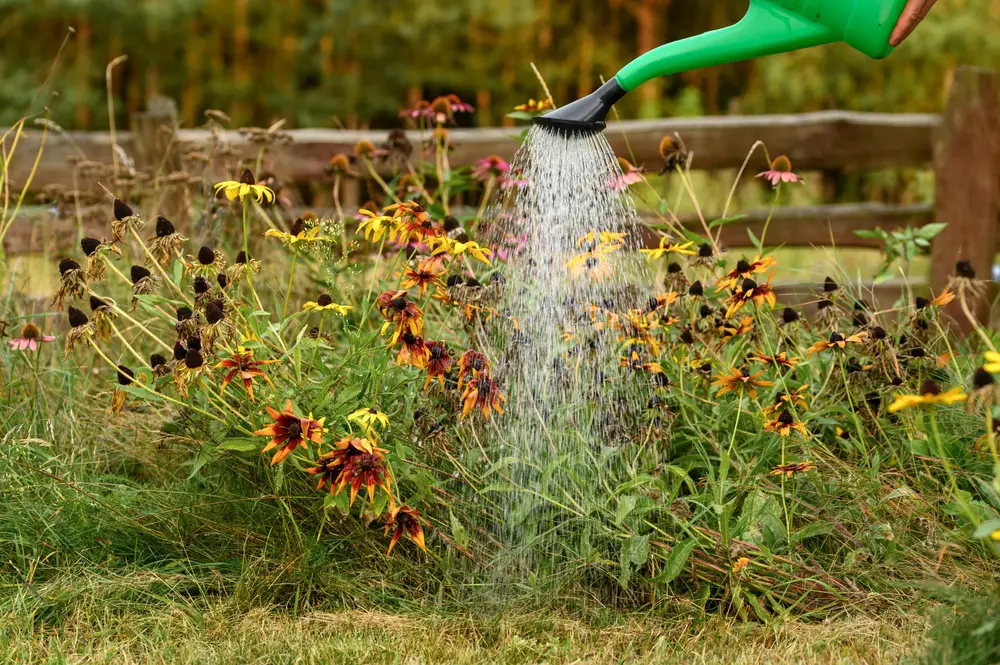
Sun, surf, and sand might define Miami, but beneath the surface lies a troubling water crisis. Rising sea levels threaten to contaminate the freshwater supply with saltwater intrusion. This sunny city is also facing the reality of more frequent and intense hurricanes, which disrupt the water infrastructure. The combination of these factors means that Miamians could face severe water shortages in the near future. It’s time to look beyond the sandy beaches and address the pressing environmental challenges.
In response, Miami is working to bolster its water infrastructure against these threats. Protective measures like installing pumps and raising streets are part of the resilience plan. But adaptation isn’t the only solution; conservation plays a critical role, too. The city is promoting water-saving practices such as using efficient appliances and reducing overall consumption. Embracing these changes not only helps save water but also ensures a sustainable future for Miami.
3. Phoenix, Arizona
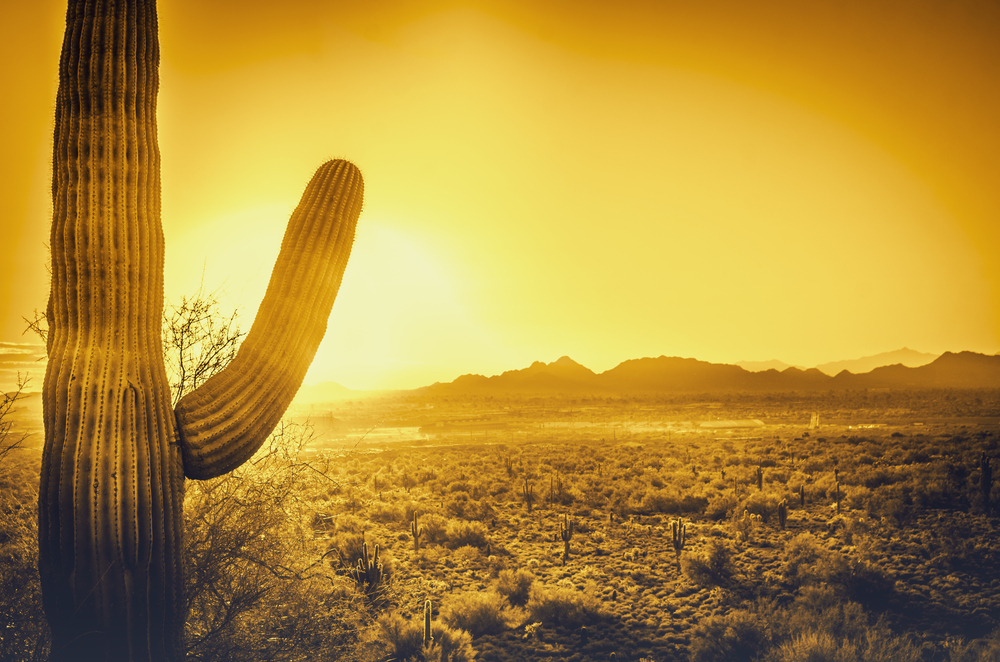
Phoenix, a desert city constantly bathed in sun, is uniquely vulnerable to water scarcity. The Colorado River, a critical water source for Phoenix, is diminishing due to overuse and climate change. A report by the Arizona Department of Water Resources highlights that the city is projected to face significant water reductions in the coming decades. As a Phoenician, it’s essential to support strategies that secure the city’s water future. This includes advocating for policies that promote efficient water use and resource management.
Despite the challenges, Phoenix is taking steps to protect its water resources. The city is investing in advanced water recycling systems to reduce dependence on the Colorado River. There’s also a push for urban development that prioritizes water efficiency. Residential water-saving initiatives are gaining traction, encouraging people to reduce their water footprint. By adopting these measures, Phoenix aims to thrive even in the driest conditions.
4. San Diego, California
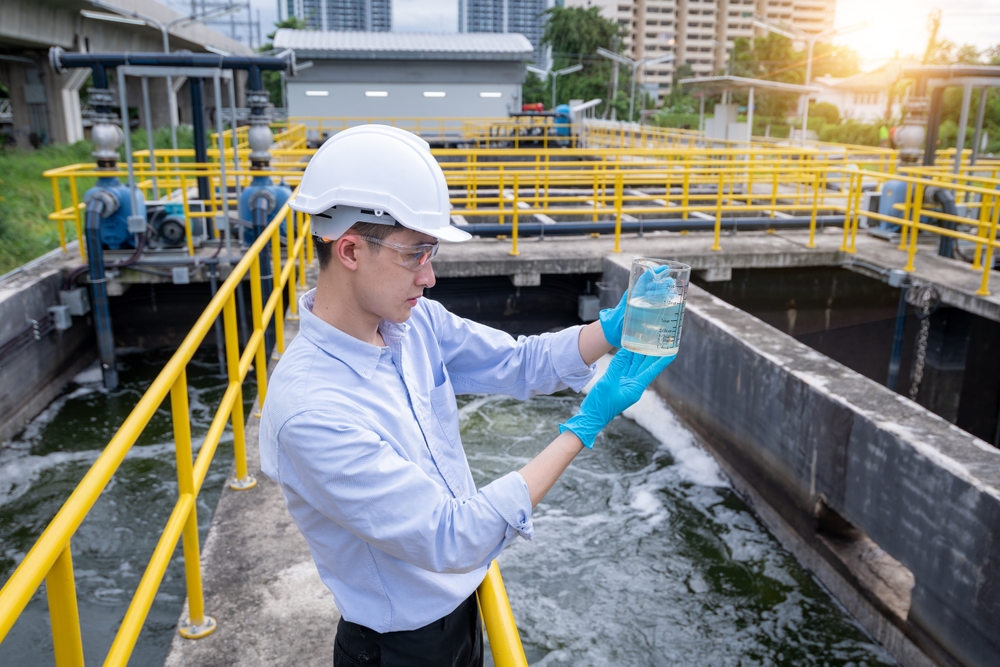
Water scarcity might not be the first thing you think of when you picture sunny San Diego, but it’s a growing concern. The city heavily depends on imported water, making it vulnerable to external supply issues. Prolonged droughts and climate change pose additional threats to this coastal paradise. With a booming population, the demand for water is climbing steadily. This calls for immediate action to ensure that San Diego doesn’t reach Day Zero.
San Diego is taking significant steps to safeguard its water future. The city has implemented a water reuse program that turns wastewater into drinkable water. Public awareness campaigns are encouraging people to adopt water-saving practices. This includes everything from shorter showers to drought-resistant gardening. By engaging in these efforts, San Diegans are working towards a more resilient and sustainable city.
5. Atlanta, Georgia
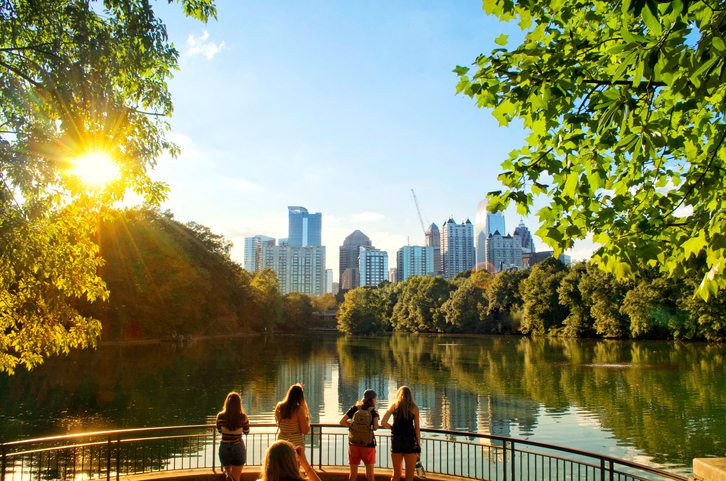
Atlanta’s water issues might not be as well-publicized, but they are equally pressing. Aging infrastructure and a fast-growing population are straining the city’s water resources. The Atlanta Regional Commission reports that the city’s demand will soon outstrip its supply if current trends continue. As an Atlantan, it’s vital to understand the importance of water conservation and infrastructure investment. Your awareness and participation can drive the city towards a sustainable water future.
In response to these challenges, Atlanta is investing in modernizing its water systems. The city is also focusing on increasing the efficiency of its water use. Community programs aim to educate people about the importance of water conservation. Simple changes, like fixing leaks and using water-efficient fixtures, can make a big difference. By taking these steps, Atlanta hopes to preserve its water resources for future generations.
6. Las Vegas, Nevada
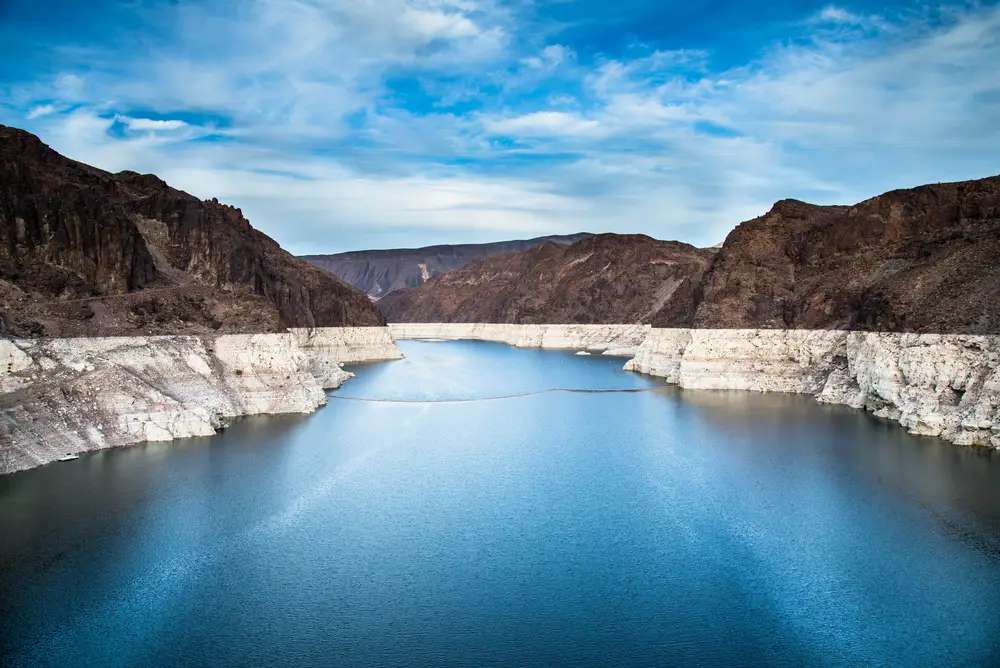
Las Vegas may be famous for its neon lights and casinos, but underneath the glitz lies a serious water challenge. This desert city heavily relies on Lake Mead, which is rapidly declining due to years of drought. The situation is exacerbated by a booming tourist industry that significantly increases water demand. If actions aren’t taken soon, Las Vegas could face critical water shortages. This potential crisis serves as a reminder of the importance of sustainable water use.
The good news is that Las Vegas is already working toward a more sustainable future. Water conservation measures, such as offering rebates for turf removal, are gaining popularity. The city is also investing in water recycling and efficient infrastructure. These efforts aim to reduce reliance on Lake Mead and promote the use of alternative water sources. With community involvement, Las Vegas can continue to thrive even in a desert setting.
7. Denver, Colorado
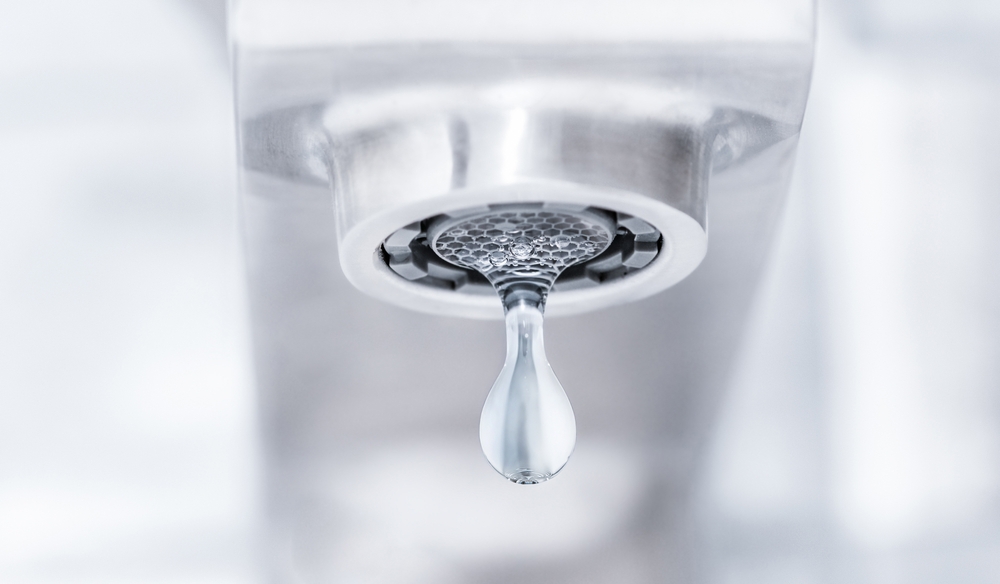
Denver’s proximity to the Rocky Mountains makes it appear water-rich, but appearances can be deceiving. The city’s water supply is under threat from a combination of climate change and population growth. Research from Denver Water shows that snowpack levels, which provide much of the city’s water, are decreasing. For Denverites, this means that being proactive about water conservation is more important than ever. By staying informed and taking action, you can help safeguard the city’s water supply.
To combat these issues, Denver is focusing on innovative water management strategies. The city is investing in infrastructure improvements to minimize waste and increase efficiency. Sustainable practices, such as rainwater harvesting, are being encouraged. Public campaigns are educating people on how to conserve water in their daily lives. By embracing these changes, Denver aims to secure a reliable water future.
8. Austin, Texas

Austin’s vibrant music scene and tech industry may be booming, but so too are its water issues. This Texas city faces the dual challenge of drought and rapid population growth. The combination of these factors puts immense pressure on Austin’s water resources. Without significant intervention, the city could face severe shortages in the coming years. This makes water conservation an essential priority for Austinites.
To address these challenges, Austin is taking a multi-faceted approach to water management. The city is investing in infrastructure upgrades to ensure a reliable water supply. Public initiatives are encouraging people to adopt water-saving habits. This includes installing efficient appliances and reducing landscape irrigation. By participating in these efforts, Austin residents are paving the way for a sustainable future.
9. San Antonio, Texas

San Antonio might be known for its rich history, but it’s also facing a modern-day water crisis. The city’s rapid growth is outpacing its water resources, leading to concerns about future supply. San Antonio relies heavily on the Edwards Aquifer, which is vulnerable to over-extraction and drought. This situation requires urgent attention to prevent reaching Day Zero. It’s crucial for San Antonians to prioritize water conservation efforts.
Fortunately, San Antonio is taking proactive steps to address its water challenges. The city is implementing innovative programs to promote water conservation. This includes rebates for efficient appliances and incentives for drought-resistant landscaping. Community education campaigns are also playing a vital role in raising awareness. By embracing these initiatives, San Antonio aims to secure its water future.
10. Salt Lake City, Utah
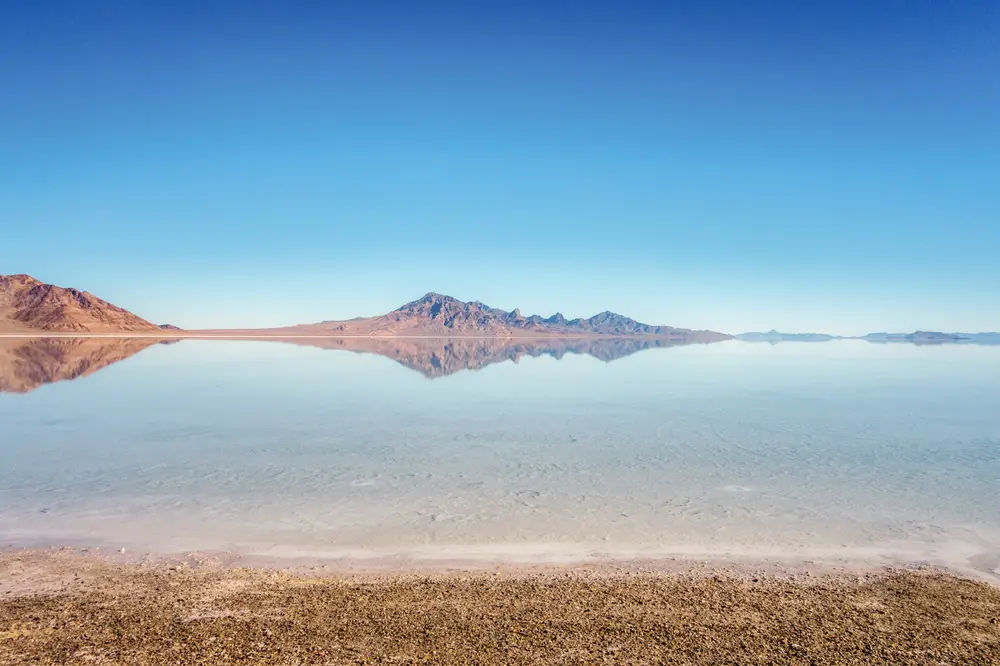
Salt Lake City, nestled in a picturesque valley, is facing serious water challenges. The Great Salt Lake, a key water source, is shrinking due to prolonged droughts. This, coupled with a growing population, is straining the city’s water resources. If measures aren’t taken, Salt Lake City could face significant water shortages. It’s essential for residents to understand the gravity of the situation and act accordingly.
In response, Salt Lake City is implementing a range of water-saving measures. The city is investing in infrastructure improvements to reduce water waste. Public campaigns are educating people about the importance of conserving water. Simple steps, such as fixing leaks and using water-efficient appliances, can have a big impact. By adopting these practices, Salt Lake City aims to preserve its water resources for future generations.
11. Portland, Oregon
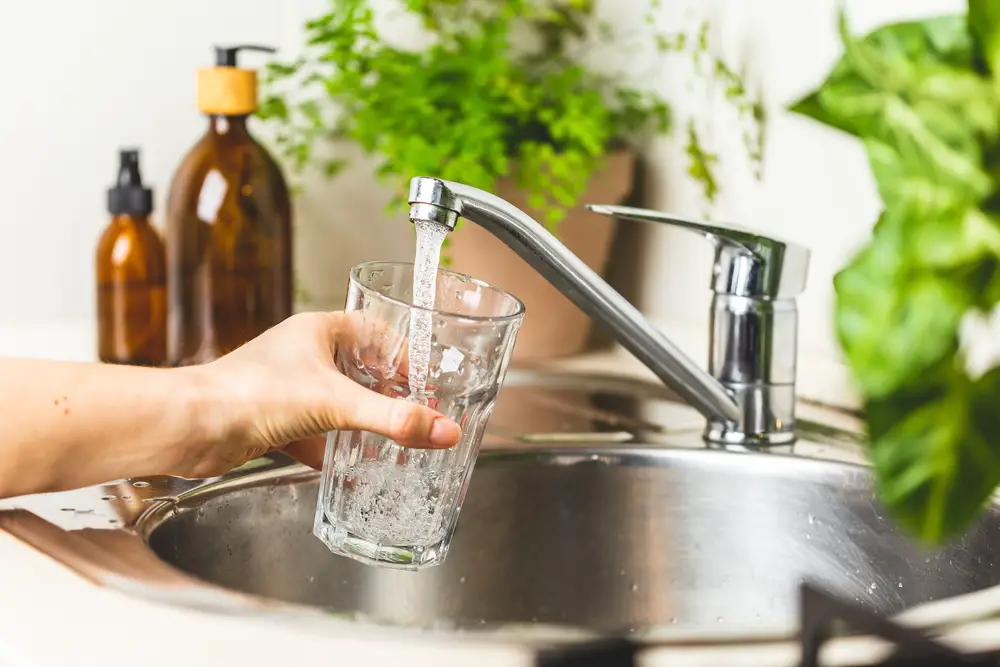
Portland’s lush landscapes and abundant rainfall might suggest a city free from water issues, but that’s not the case. The city faces challenges from both climate change and an increasing population. These factors put pressure on Portland’s water supply, leading to concerns about future availability. To address this, it’s vital for Portlanders to prioritize water sustainability efforts. By making small changes, you can contribute to a more sustainable community.
Portland is taking proactive steps to ensure a reliable water supply. The city is investing in infrastructure upgrades and promoting water-saving practices. Public education campaigns are encouraging people to be mindful of their water use. This includes everything from reducing shower times to using drought-resistant plants. By embracing these efforts, Portland hopes to secure its water future.
12. Seattle, Washington provided by iStock
provided by iStock
Seattle, known for its rainy weather, might seem immune to water shortages, but the reality is different. The city’s water supply is under pressure from a growing population and changing climate patterns. Without intervention, Seattle could face significant water challenges in the coming years. It’s essential for Seattleites to recognize the importance of water conservation. By taking proactive steps, you can help ensure a reliable water supply for the future.
To combat these challenges, Seattle is focusing on sustainable water management. The city is investing in infrastructure improvements to increase efficiency. Public initiatives are encouraging people to adopt water-saving habits. This includes using efficient appliances and reducing outdoor water use. By participating in these efforts, Seattle residents are working towards a sustainable future.
